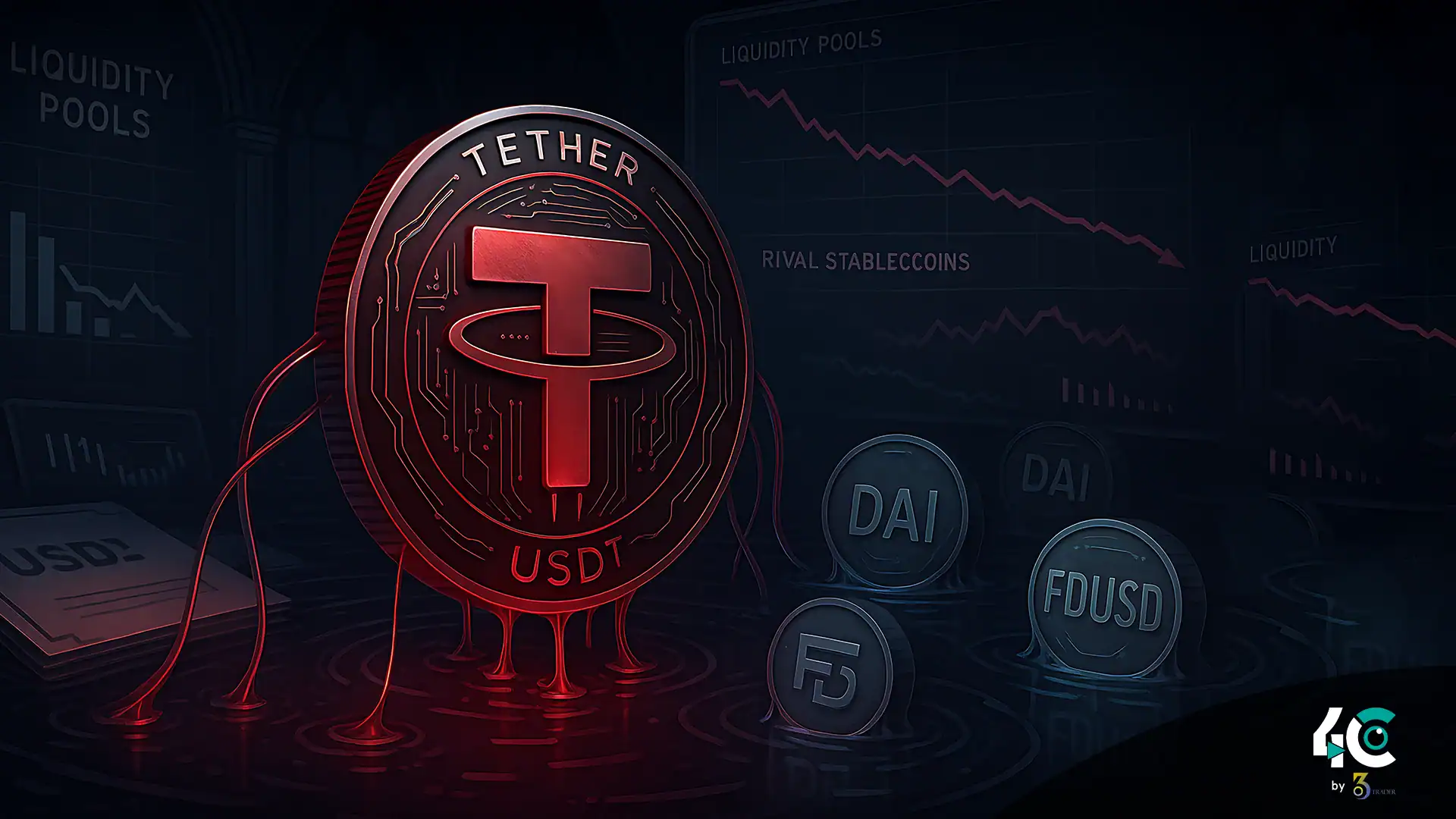How Tether Acts as a “Vampire Stablecoin”
1. The Liquidity Siphon
Crypto exchanges prioritize USDT pairs (90% of trading volume).
New stablecoins are finding it difficult to gain liquidity when created. As a result, these stablecoins fade into irrelevance.
Example.
USDC once had 30% market share → now under 20%.
FRAX has lost 60% of its liquidity since 2023.
2. The Stablecoin Dumping Strategy
When a competitor starts gaining traction, Tether mints billions of USDT.
Floods markets → suppresses demand for competitors.
Example.
When Ethena’s USDe came out, Tether printed $4B USDT in the week.
3. The Dark Pool Advantage
OTC desks & market makers prefer USDT for large trades.
It establishes a net of liquidity competitors can’t access.
Why Regulators Don’t Stop It
Tether conducts operations outside the U.S. jurisdiction.
Exchanges benefit from USDT dominance (higher volumes).
No clear antitrust laws in crypto.
The Coming Stablecoin Extinction Event
Prediction: By 2026, there will be only three stablecoins. USDT and USDC will survive, but there will also be one decentralized coin.
Losers.
DAI (if USDC collapses).
FRAX (already declining).
New entrants (dead on arrival).
How to Protect Yourself
- Keep a range of stable currencies (USDT + USDC + DAI).
- ✅ Observe USDT minting.
- Lay bets on the winning choices (USDT short term, USDC long term).
Want the Full Stablecoin Liquidity Report?
We track:
• USDT’s secret OTC deals.
• Exchange delistings of rivals.
• Next stablecoin to die.



































